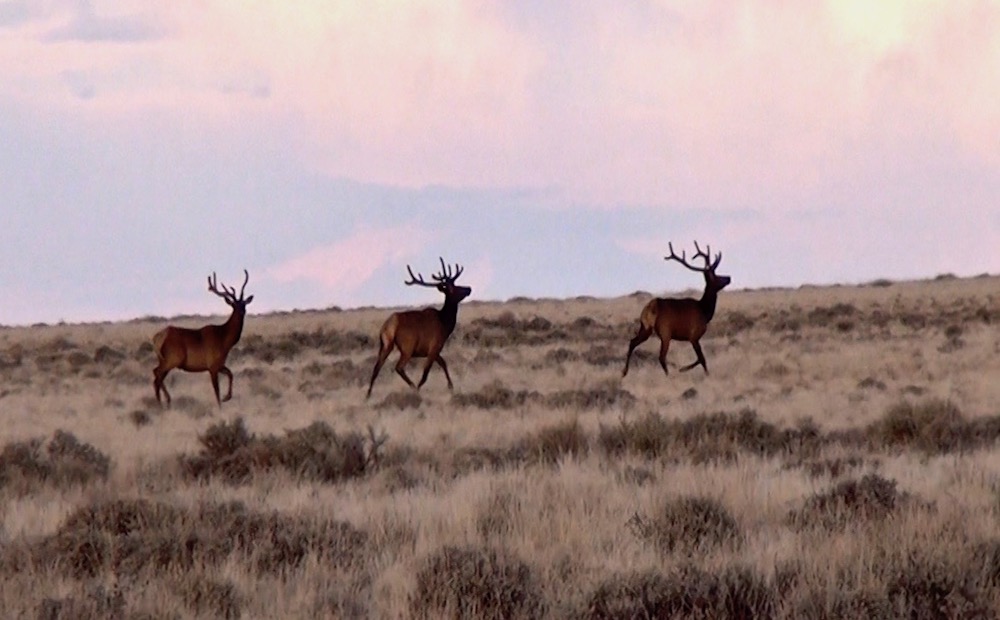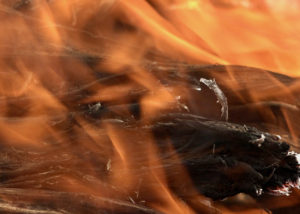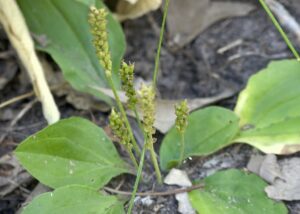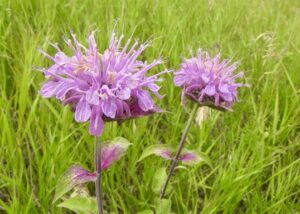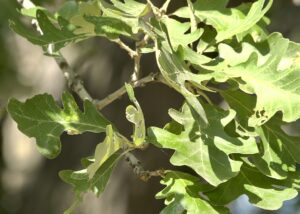Wapiti
Anatomy and Natural History
To many, the elk or wapiti is the iconic symbol of the wilderness. When one hears the bugle of this giant remnant of the Pleistocene in a forest meadow on a still, misty night, it resonates with some primal inner tuning fork that awakens the dormant instincts of our ancestors. No one who hears it is immune to the sudden need for awareness!
Like most large fauna in North America, elk have been misnamed. Early settlers believed the elk was an elg, elgr, or elech in European languages – which is what we call a moose. Although the term elk is accepted now, the more correct terminology is Wapiti, originally a Cree or Shawnee word meaning white rump.
One of the largest members of the deer family (Cervidae) in the world, elk are primarily grazers (grass eaters) that eat some forbs by preference but often resort to woody species, especially in winter when grass is hard to find. If trees in the Populus genus (aspen, cottonwood) occur in their range, elk will seek out the young sprouts in early summer and have demonstrated significant impact on the abundance of these species.
Native American
Native peoples often ascribed magical powers to this animal that can rapidly move 800 lbs. of muscle, flesh and bone through the forest without making a sound, massive antlers and all.
Elk provided many resources for native populations. The meat was highly valued. Hides were used for clothing, blankets, and resilient rawhide and leather for such things as horse saddles and straps for travois, etc. Antlers were used to make hunting bows, digging implements, and handles for tools. Antler tines were the tools most often used to peck in petroglyphs on sandstone rock faces.
Antlers were stacked on the treeless plains in columns taller than a man as trail markers that could be seen for miles

